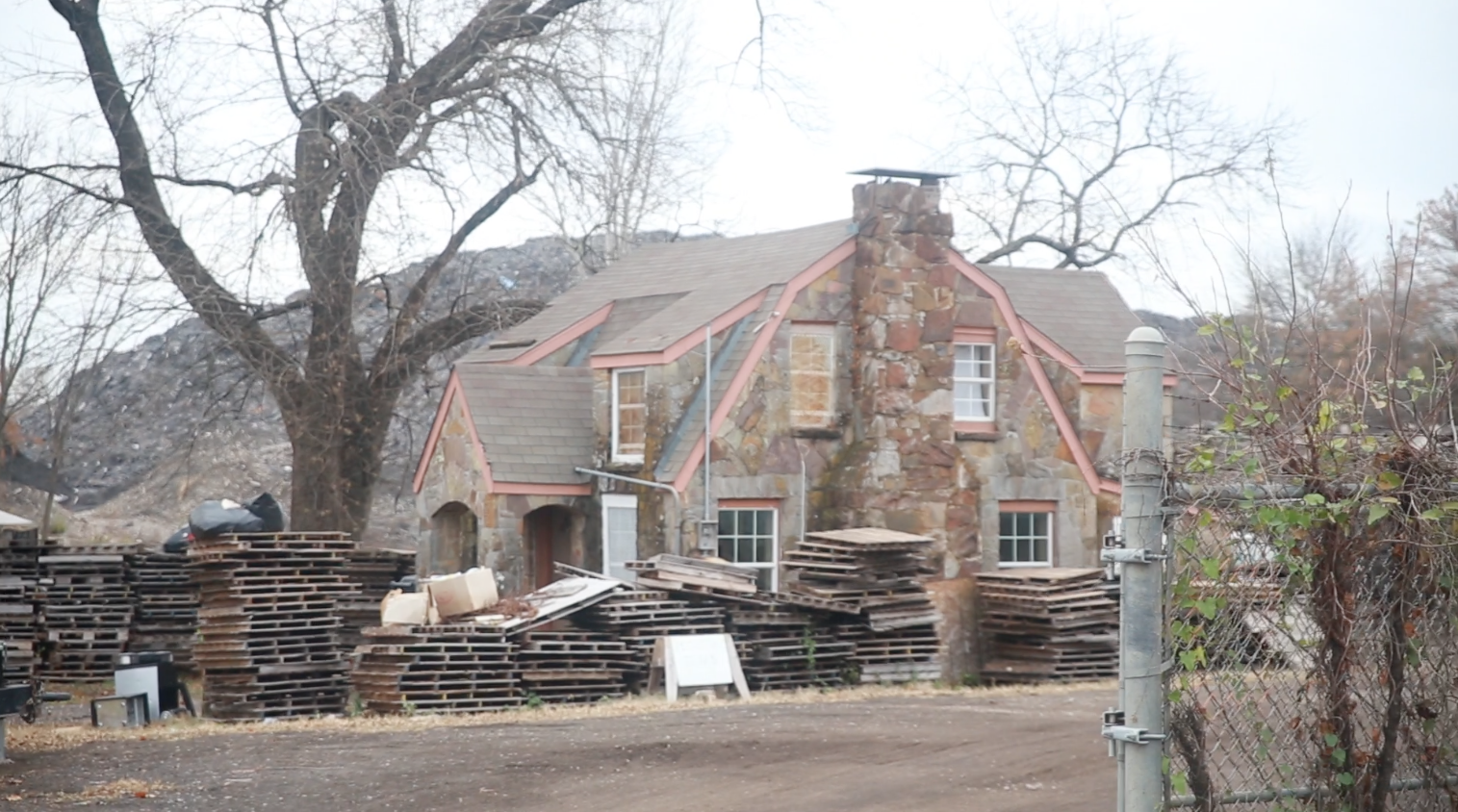
Jacob Vaughn

Audio By Carbonatix
Two years after the removal of Shingle Mountain, a mound of 70,000 tons of asphalt shingles illegally dumped in in the Floral Farms neighborhood of southeast Dallas, residents there continue to meet with city officials to hash out a new zoning plan for the area and its mix of homes and industry.
How to accommodate both remains up for debate.
In 2018, Blue Star Recycling Company began illegally dumping asphalt shingles in Floral Farms. The unsightly new Dallas landmark caused those who came near it to lose their voices or experience itchy skin, and the dump was also in violation of city and state law for existing on a floodplain.
Earlier this month, the city held its third meeting with the community to review the current zoning plan.
This year, make your gift count –
Invest in local news that matters.
Our work is funded by readers like you who make voluntary gifts because they value our work and want to see it continue. Make a contribution today to help us reach our $30,000 goal!
The residential and agricultural community is home to around 500 people. Residents protested the dump, which proved emblematic of the various environmental injustices faced by people in the area. Municipal bureaucracy lagged, but thanks to the collective action of residents the dump was finally removed in February 2021.
The city of Dallas has since put forth a zoning review for the area, which was initiated in 2019. The first community meeting took place in September 2022 to discuss existing land use and zoning, illuminate aspects of the city’s process and collaborate with the community. The conversation continued, but the second meeting in January attracted criticism for lack of Spanish translations.
The third meeting took place April 11. Evelyn Mayo, who volunteers at the education fund Downwinders at Risk and works as the urban research fellow at Paul Quinn College, attended the meeting. “It was great to see the planning department propose some draft recommendations that seemed measured and respectful of the resident’s rights,” she said.
Residents have also created their own outline for the neighborhood, which prioritizes community recreation and green space, agricultural space and commercial economic development.
“We have thoroughly read the neighborhood-led plan, and we are taking that into consideration,” said Andrea Gilles, assistant director of Planning and Urban Design for the city. “But there is an adopted city plan for that area – the Trinity River Corridor Plan has an adopted land use component for this area. … That is adopted policy, so we need to take that into consideration as well.”
The area is currently zoned for residential, commercial and industrial uses.
“For the residents that live there, their biggest concern is making sure that there is no new heavy industry near them,” Gilles says. “Those who own industrial properties obviously are concerned about being able to continue with their business, so that’s what a lot of the conversations circled around.”
The residential-industrial adjacency is at the heart of the conflict.
“It was great to see the planning department propose some draft recommendations that seemed measured and respectful of the resident’s rights.” – Volunteer Evelyn Mayo
“Even as I stand and look out my back window, I can still see Almira [Industrial and Trading Corporation] that’s less than 100 feet from my bedroom,” says resident Marsha Jackson, who lived next to Shingle Mountain. “These are the issues we had before with Shingle Mountain … I am standing here looking at them.
“These are causing health issues. Yeah, we understand people are trying to develop their properties, but why do you come to southern Dallas? Why do you want to develop right next to a resident? Those are the issues.”
These meetings are just the beginning of the recommendation process. Gilles says that this timeline “largely depends on engagement and how quickly we can come to some consensus about zoning recommendations moving forward.”
“We do want to come to a zoning resolution for this area and bring peace of mind and a level of predictability to this area moving forward,” she says. “It’s been in flux, it’s been talked about for many years.”
Hopefully the recommendations will move forward to the Plan Commission and City Council by the end of this year.
“The issue is time is working against us. You know, there is illegal clearing of lots happening and a lack of code enforcement,” Mayo says. “The fear is the longer we wait the more damage will be done, and that’s hard to come back from.”